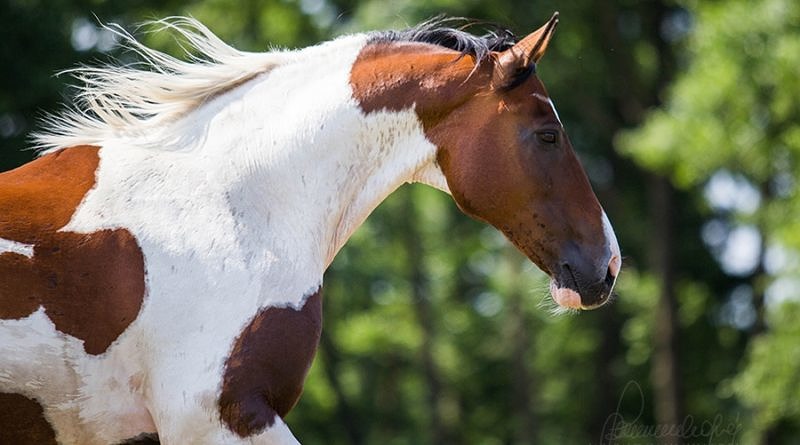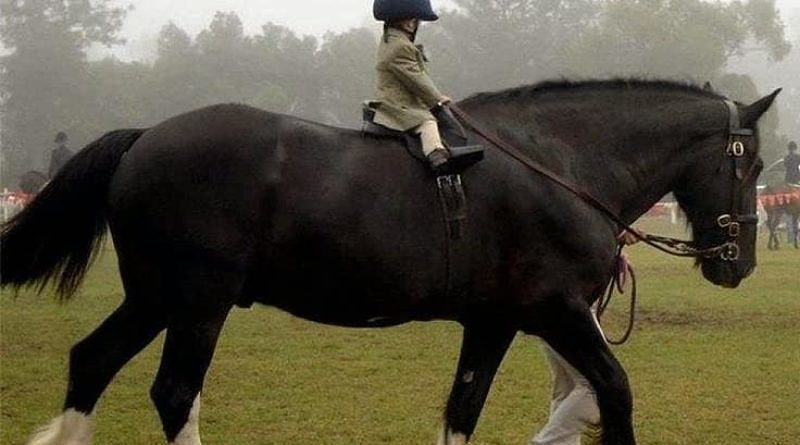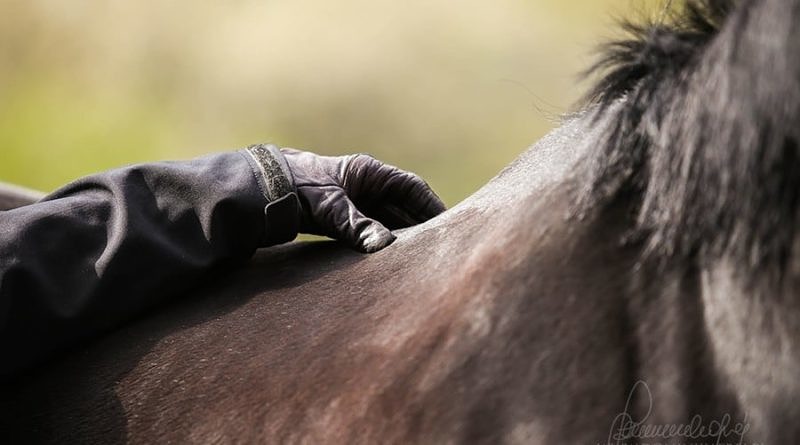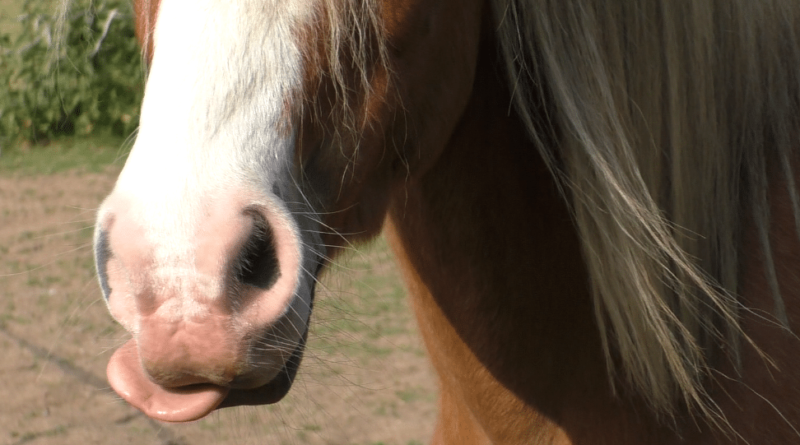Do horses really have thick skin?
Find out whether horses have thicker skin than humans and whether this means they are protected from feeling pain.
It’s a common misconception that horses have thick skin and do not feel pain as much as we do. Scientific research is slowly revealing that this is not the case at all. The widespread view that horses feel less pain than us shows just how bad we can be at interpreting a lot of horse behaviour, and demonstrates how easily we can make mistakes when we rely on our own, human-centred, expectations.
The science
The question of whether horses in fact have thicker skin than humans is a very simple empirical question. In other words, it’s not something open to opinion – it’s a clear-cut question with a measurable answer.
When one forensic veterinary pathologist actually compared skin taken from equivalent places on a horse and human for a report addressing this question, the results were surprising.
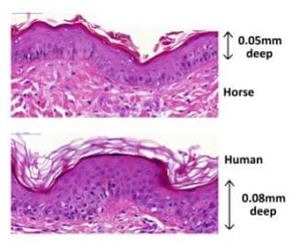
The very top layer of skin, the epidermis, was actually thinner in the horse than in the human. This means the sensitive pain-detecting part of the skin, the nerve endings, may actually be closer to the surface, with less protective ‘padding’, in horses than in humans.
In addition, the horse’s skin contained many more nerve endings, stained red in the below photos:
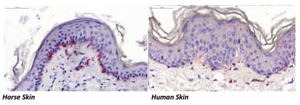
There is some truth to the suggestion that horses have thicker skin. The layer below the sensitive epidermis is called the dermis. It is composed of collagen and gives skin its strength and elasticity. It is the degradation of this collagen layer that gives rise to wrinkles as we age. The horse’s collagen layer was roughly 1mm thicker than the human’s. This isn’t very much though and has little bearing on pain sensitivity!
Though these findings are only preliminary and more research needs to be done to make broader generalisations, it does appear that the widespread belief that horses feel less pain than humans due to the thickness of their skin is misguided. So why do so many people think this?
Horses do not show pain like we expect them to
Watch a group of horses interacting with each other for long enough and you will eventually see a bite or kick aimed at another individual. These agonistic gestures are one of the ways horses communicate with each other and most of the time they are intended only as a warning and no ‘connection’ is made. Every now and then, however, a horse really gets kicked or bitten.
When this happens, there is no cry of pain and the horse at the receiving end just seems to walk away unharmed. If the horse was a human being punched, the reaction would be very different. Perhaps because of this mismatch in expected behaviour, it is a common belief that horses don’t feel pain quite like we do. The idea that this is due to having thicker skin is just an ‘obvious’ explanation given the size of these animals.
Of course, horses are not humans and they do not express pain by crying out! Horses hide their pain as much as possible. This is true of many prey animals since appearing weak makes them a target for predators looking out for the sick or injured. Some animals even use this fact to feign injury and lure would-be predators away from their young.
In addition, horses, like most animals, instinctively avoid unnecessary conflict. In the context where horses evolved, conflict leads to injury, injury leads to weakness, and weakness leads to reduced reproductive success! So a horse will tend to walk away from a fight instead of coming back for more.
It’s ‘natural’ behaviour
Another way in which people are duped into thinking these kicks and bites can’t be painful is to assume that because they are a part of ‘natural’ behaviour they are not harmful. This is a very common fallacy and even has its own name – the “naturalistic fallacy” or “appeal to nature”.
But when you think about this a little, it doesn’t really make sense. Lots of animals, including ourselves, get into fights where the outcome is definitely painful. The fact that animals direct this kind of behaviour towards each other – horse, human or otherwise – does not indicate anything about their experience of pain.
If anything, if we agree that a flick of the ear, nodding of the head, swish of the tail – the mere threat of a kick or bite – is an effective deterrent to other horses, we have to assume the real thing actually carries painful consequences! If it didn’t it wouldn’t be so effective as a threat!
It’s a convenient belief
Most horse owners love their animals and do not want to cause them pain. It’s therefore a very convenient belief to think that horses don’t feel much pain! This gives us the green light to use various harsher training methods and management practices that we might otherwise be hesitant to employ.
It is really important that each of us is honest with ourselves about our position on topics such as this that actively affect our horses’ welfare. If we truly do not want to cause unnecessary pain, we need to be open to new evidence that contradicts our previously-held beliefs, even if those beliefs were very useful to us and helped justify our past decisions.

